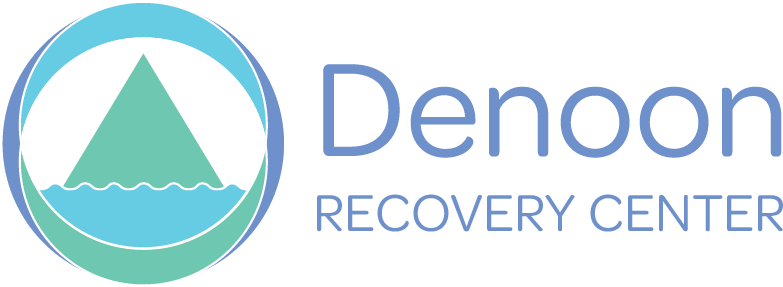In our series explaining the things you will learn through substance abuse recovery, the first topic we will cover is what neuroplasticity is. Neuroplasticity is the ability of the brain to form new pathways and connections.
It used to be thought that the brain could not repair itself once damaged, but breakthroughs in neuroscience have shown this not to be true. Although neurons are damaged, the brain can still heal itself by making these new pathways and connections. When we do something repeatedly, a habit forms. Dopamine is released and neural pathways are strengthened. Substance abuse hijacks the brain’s reward pathways by disrupting the dopamine communication causing the neural pathways in the reward center of the brain to be overstimulated.
As the habit continues, more and more of the substance is needed to create the same effect. Through treatment, these pathways can be rewired and healed. It is possible to become happier and healthier without substances. This is one of our primary goals in recovery.
We work together to create new habits that ultimately train the brain to relearn to experience pleasure without substances. Bypassing neural pathways that were corrupted by substance abuse through things such as exercise in a therapeutic rehab setting, supportive social interactions, behavioral therapies, and mindfulness meditation teach the brain to release dopamine in a healthy way. The more these behaviors are practiced, the stronger the pathways become until the new behaviors are the new normal.


